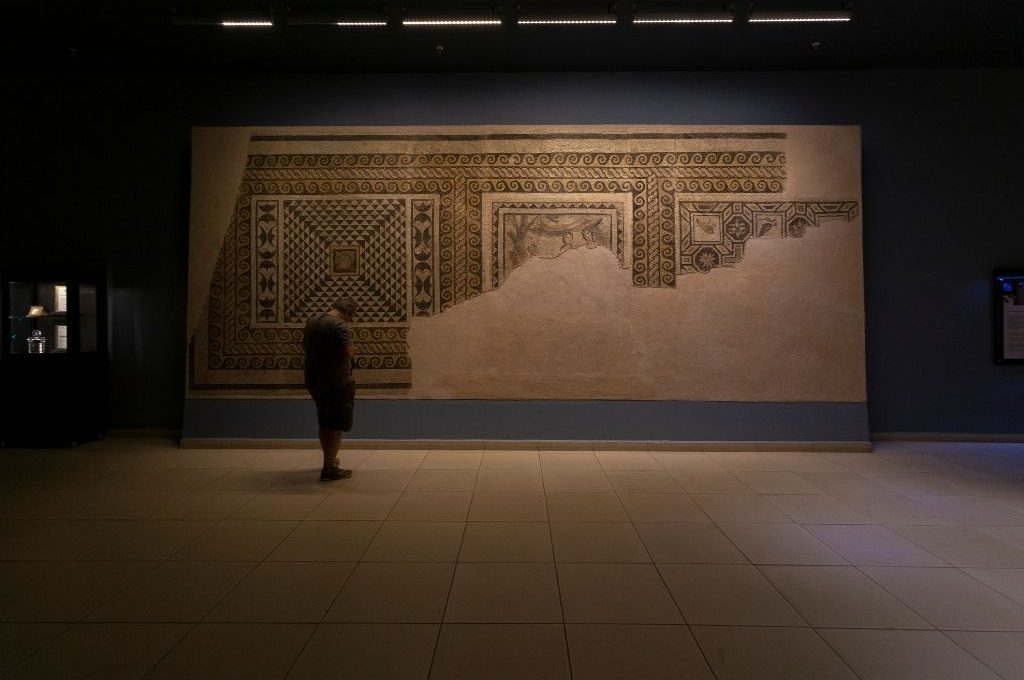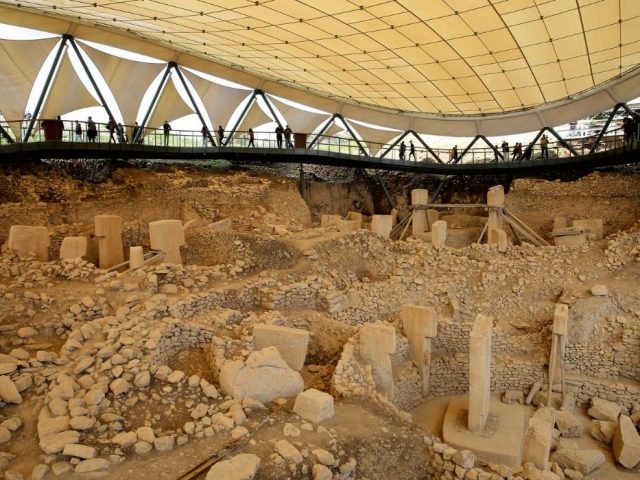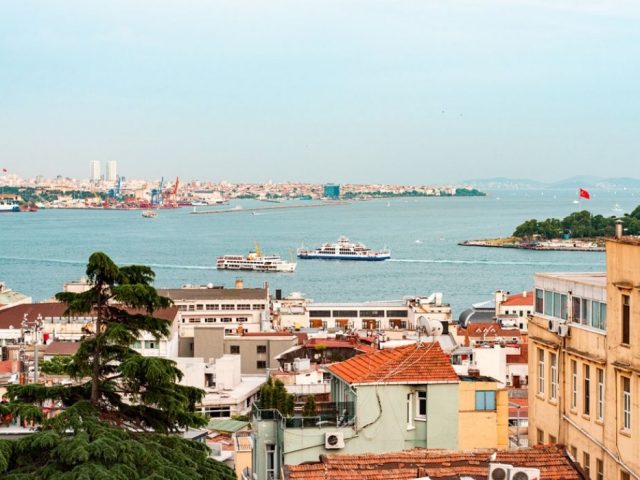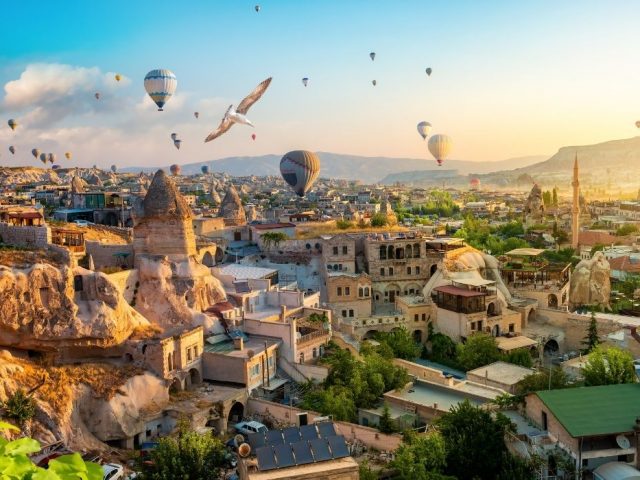Gaziantep is one of the most important religious and commercial cities of history. Today, Zeugma, which is home to Zeugma, is the richest mosaic museum in the world. Here, one can see both mythology and traces of the early Christian period. Every artefact in it is so unique and special… But there is one that is different: Anatolia’s Mona Lisa, also known as the Gypsy Girl Mosaic.
Zeugma Mosaic Museum is named after the ancient city of Zeugma in the same region. This Anatolian city once played a very important role in history as a trade and cultural centre. The city was also known for its mosaic art in the past. The houses of the ancient city and what remains of them are exhibited in the museum. Each of them has different stories about daily life in ancient times, mystical gods and creatures.
Let us remind you before starting the article: Don’t forget to download the Piri Guide mobile application to visit Zeugma step by step with your personal and digital tour guide!
Where is Zeugma?
Zeugma is the second largest mosaic museum in the world, opened in Gaziantep in 2011. The museum is located in the Şehitkamil district of Gaziantep.
How to get to Zeugma?
It is possible to go to Gaziantep by road or by air. Most airline companies provide flights to Gaziantep every day of the week. It takes 1 hour 15 minutes if you are travelling from Ankara and 1 hour 45 minutes if you are travelling from Istanbul. You can use Havaş shuttle services from Gaziantep Airport to the centre. You can also take Havaş buses from Gaziantep to other cities.
To go to Zeugma Mosaic Museum, you can use lines 10, 202, 510, 7, 811 or 879.
When to go to Zeugma?
You can go to Zeugma in any season you want. But remember again that the museum is in Gaziantep. Our suggestion is to come here before filling your stomach with Gaziantep flavours. After visiting Zeugma, you can also visit the city itself in a wide way.
Zeugma What to See
Çingene Kızı Mozaiği
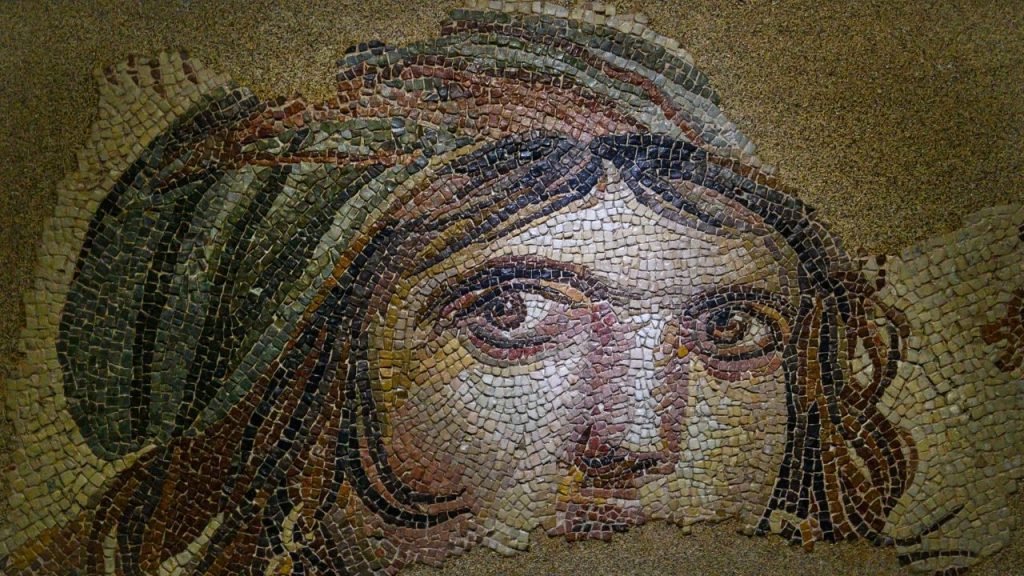
The Gypsy Girl Mosaic, the symbol of Anatolia, carries a three-dimensionality in its eyes together with the cubes. Wherever you look, the Gypsy Girl follows you. While looking at the mosaic, you will also realise how much the work has been damaged. Unfortunately, historical artefact smugglers caused this while the mosaic was still in place. They left the place where the Gypsy Girl’s face was because they couldn’t make it look like anything.
She came out of the Poseidon Villa, which you will visit in the rest of your trip. This mosaic was named ‘Gypsy Girl’ by archaeologists. However, the person on it is thought to be Alexander the Great because the curls depicted on the mosaic remind us of Alexander. The fact that it was made in the Hellenistic Period also increases the possibility that the artefact is Alexander the Great.
Poseidon Villa
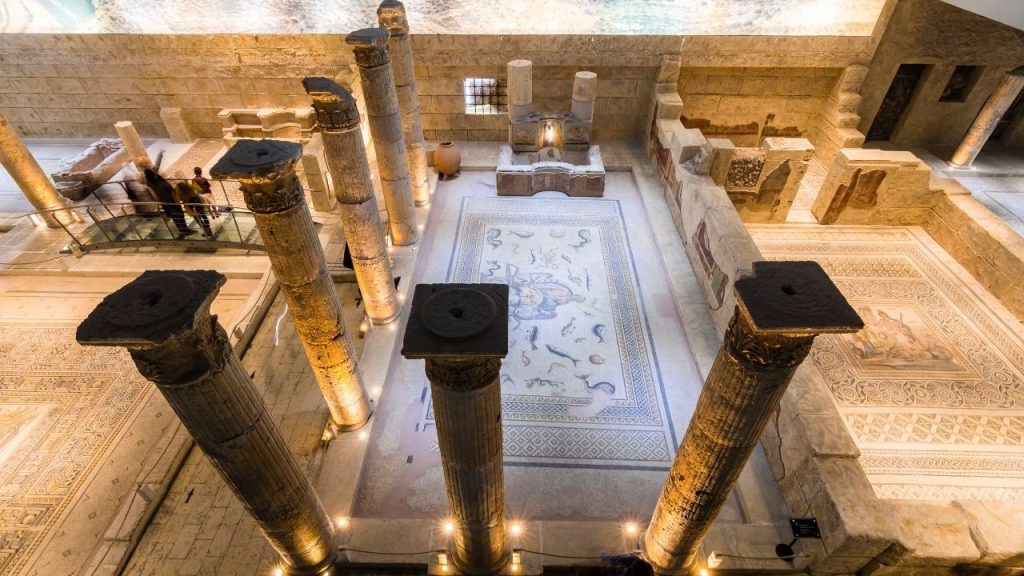
Poseidon Villa appears as a wonderful Roman villa. Many mosaics you will see in the Zeugma Museum were removed from here. It is sure to have an extraordinary beauty, one cannot stop looking at this structure. There is the fountain of the villa and the frescoes and pool above it. The large area is the large colonnaded courtyard of the villa. In the centre of the courtyard there is a depiction of Poseidon standing with a three-headed tridan fork. Poseidon, the god of the sea and earthquakes, is usually depicted with a horse. Because mythology says that the god who created the horse is Poseidon, the brother of Zeus.
Roman Baths
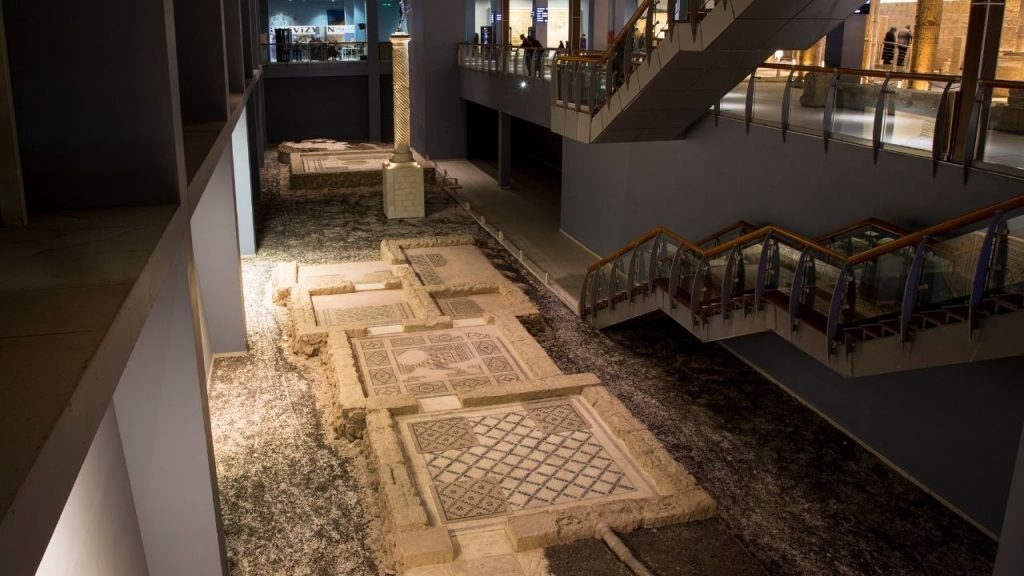
An imperial Roman bath was the size of 11 football fields and in every Roman city, no one worked after 2 pm, everyone went to the baths. People would spend time in the baths until the evening because such an environment was provided in Roman baths. The same is true for the Roman baths in the museum. The right side is the heating area of the bath. At the end you will see the public toilet. In Roman times, these free public toilets were called ‘latrina’. After a while, the latrinas were made paid by an important Roman emperor.
Zeugma House Room
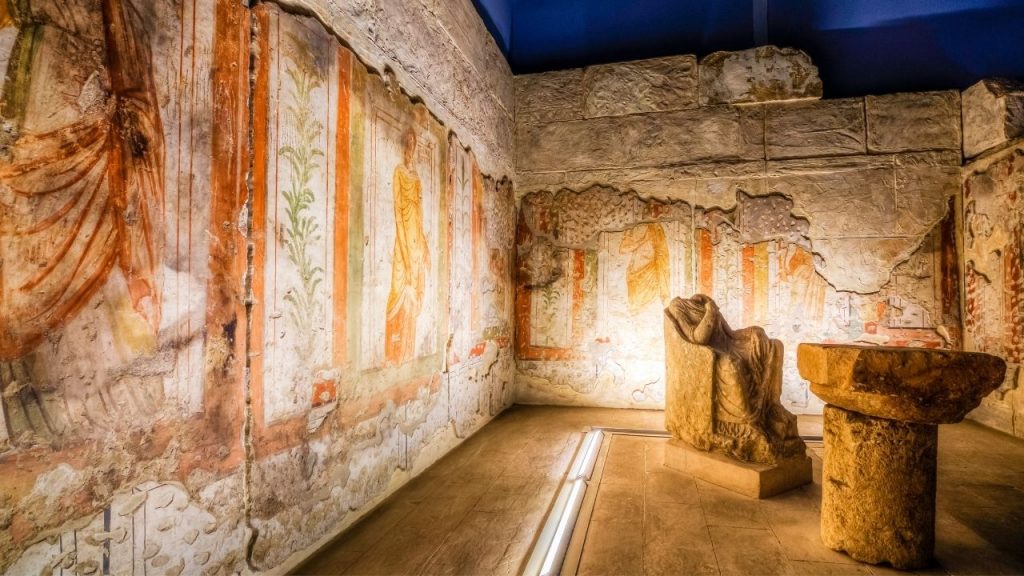
This room, which was taken from Zeugma with its exact dimensions and brought to the museum, allows us to feel the Hellenistic Period.
On the walls of the room, you can see frescoes consisting of figures made with root paints on a wet ground. These frescoes, which were used like the wallpapers of their time, carry the splendour of the period vividly to the present day. Mostly women were depicted in the frescoes because unlike the people of the Roman Period, the people of the Hellenistic Period preferred to depict mostly women in frescoes.
Mars Statue
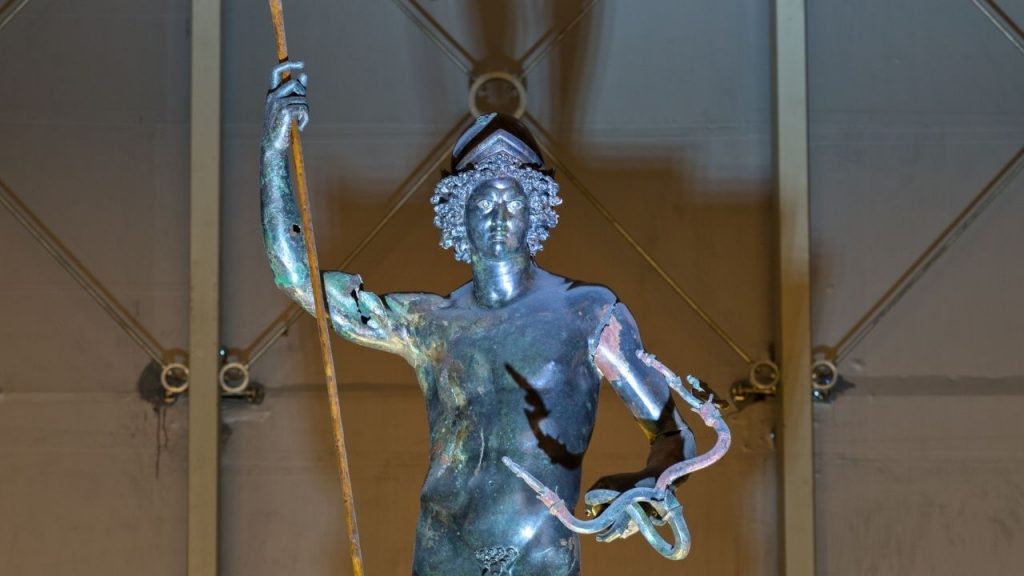
The statue of Mars, Ares, is one of the most important bronze statues that has survived to the present day. The reason why it survived is that Rome and early Christians did not realise it. So what happened, why didn’t they realise it? Because Zeugma was destroyed in 256 AD; the city was suddenly buried under ashes and stones. When the early Christians found a statue like the Statue of Mars, they would melt it down and make weapons. This is the biggest reason for the loss of paintings and bronze sculptures that have not survived to the present day. Since the Christians accepted a new religion at that time, they completely destroyed the artefacts made of paper and used the ones made of precious metals.
Have you ever wondered why the noses of the statue of Mars or many mythological figures you will see in Anatolia have been damaged? It is probably not because the material is bad. In the Early Byzantine Period, the first torture used to humiliate people was cutting off their noses. Christians who did not accept polytheistic religions also cut off the noses of statues as a form of torture.
In addition, if you want to explore the gastronomy city of Gaziantep and its cuisine after the Zeugma Mosaic Museum, you can also read our Gaziantep Travel Guide.

